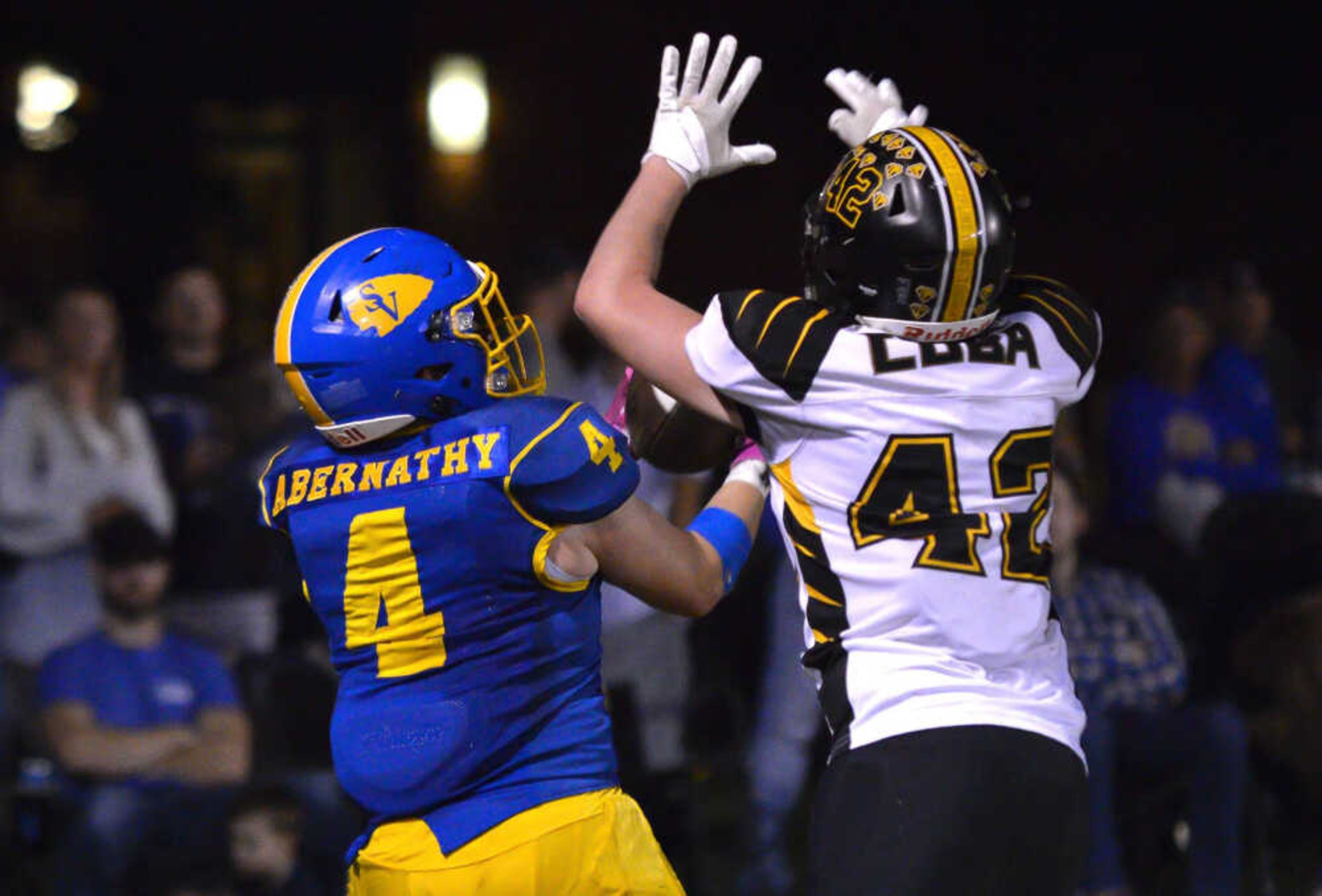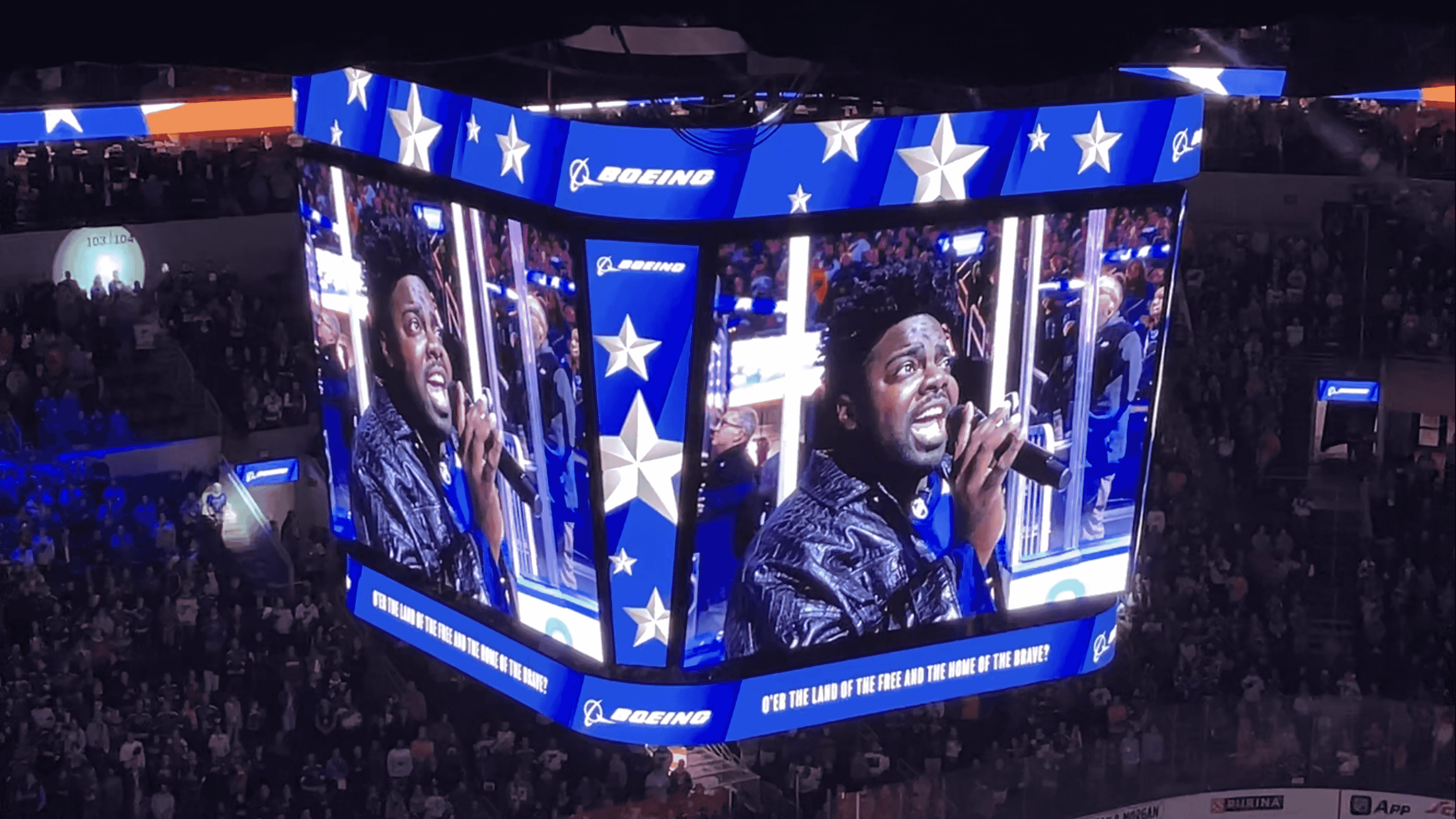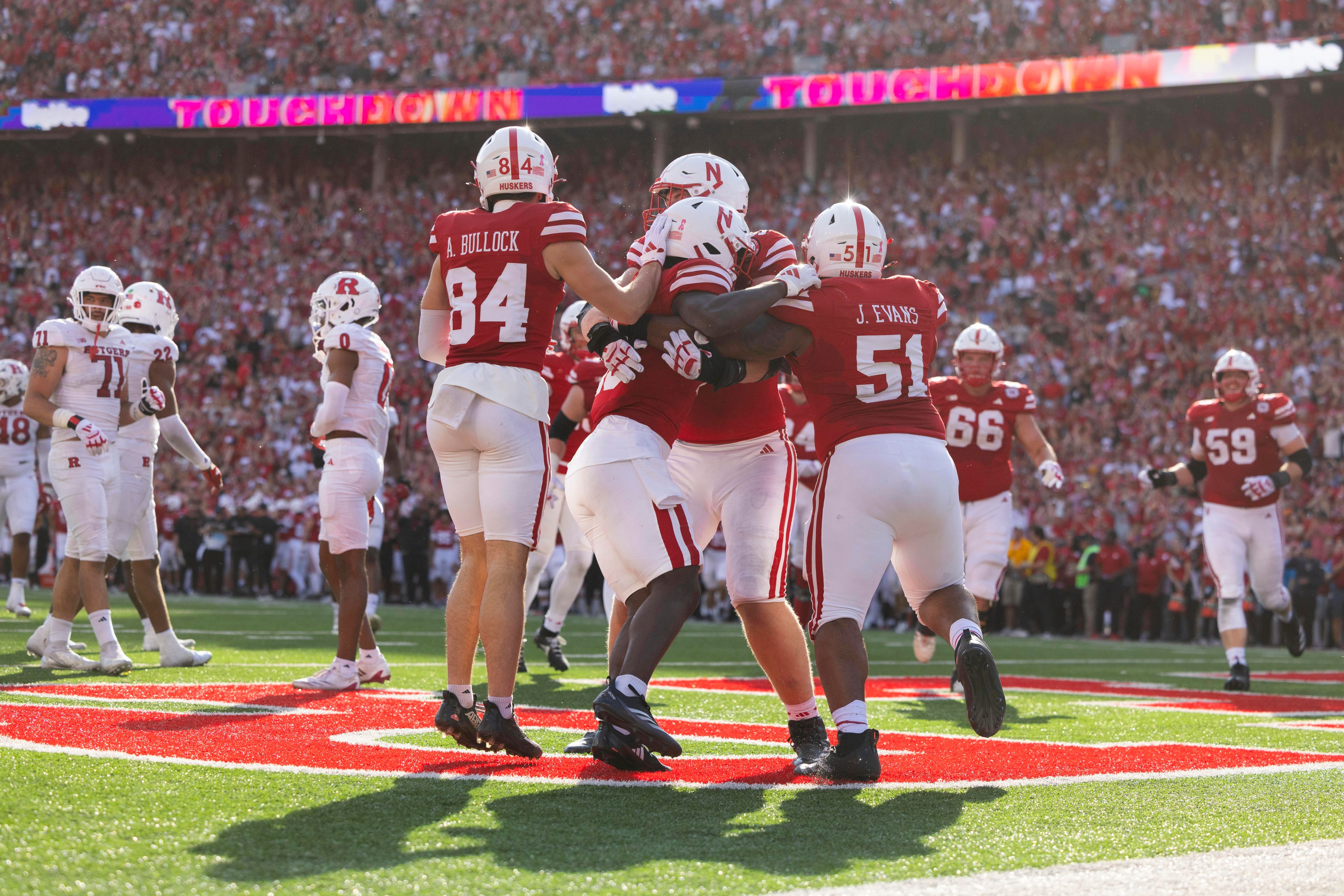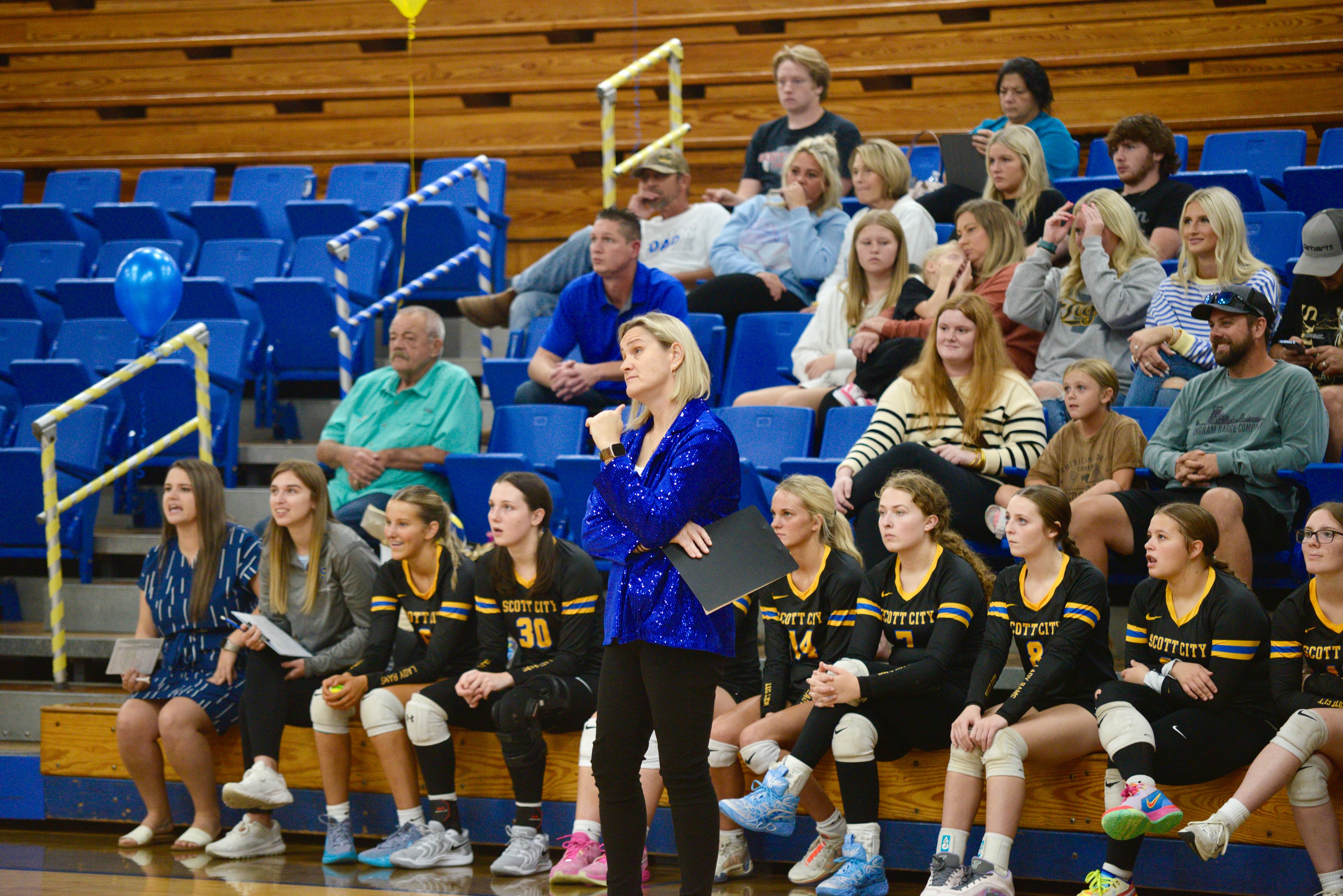Seeing wildlife resources through the eyes of Lewis and Clark
Have you ever examined the journals of Lewis and Clark and noticed all of the references to animals? Thomas Jefferson assigned the Corps of Discovery to record all wildlife they encountered. Wildlife discovery was an important aspect of their mission, but the wildlife resources were crucial for their survival...
Have you ever examined the journals of Lewis and Clark and noticed all of the references to animals? Thomas Jefferson assigned the Corps of Discovery to record all wildlife they encountered. Wildlife discovery was an important aspect of their mission, but the wildlife resources were crucial for their survival.
Lewis and Clark's expedition recorded 122 animals new to science and countless others already familiar. While the coyote, wood rat and grizzly bear were new to the explorers, rattlesnakes, mosquitoes and black bears were not. Sometimes the sights were just as interesting as the animal itself. The awesome sight of an enormous buffalo herd made each man stop and stare.
We know these details because the expedition took careful notes almost daily. Careful observations give us excellent insight to the types of animals that lived in particular areas. We know by reading the expedition journals that elk, buffalo, wolves and black bears were once as common as white-tail deer, beaver, wild turkey and wood ducks. Here in Southeast Missouri Lewis and Clark recorded deer, bufflehead ducks, and prairie chickens they called heath hens.
The note about heath hens is of particular interest because prairie chickens were barely recorded in Southeast Missouri before they disappeared from this part of the state. Today you may still visit places in Missouri and other states to view animals like the prairie chicken. Unfortunately some animals we can learn about only through journals.
Carolina parakeets and passenger pigeons once were recorded as commonly as white-tail deer or beaver. However, in the mid 1800s many wildlife species, including deer and turkey, began to decline due to over-harvest and habitat destruction. Conservation efforts of the early 1900s were not able to save either the Carolina parakeet or the passenger pigeon from extinction.
While many species have recovered elsewhere, other animals like elk, bison, mountain lions and wolves have not recovered in Missouri. Despite these disappointing stories, Missourians should take pride in conservation successes that have led to healthy populations of deer, turkey, squirrel, duck, otter and beaver. These populations are healthy enough to sustain harvest -- just like in the days of Lewis and Clark.
Success like this was envisioned by Missouri citizens of the 1930s. These pioneers of conservation explored new territory by creating the conservation department we have today and charging them, in part, with managing and restoring wildlife species to our state.
Different wildlife types and their abundance was interesting to the expedition, but it was also crucial to survival. The men ate 7 to 10 pounds of meat per day and used the animal pelts to make leather clothing, shoes and tents. Bison, elk and deer were most important to them. These food and leather resources came from the animals they hunted. Wise use of every animal they harvested permitted survival of each expedition member and the expedition itself.
Today we depend mostly on farm-raised animals for our meat and leather resources but still make use of wildlife resources for those same products. Many hunters feel that when you hunt, you become more aware of our connection to the land. Our meat comes from a different source today, but we are still closely linked to the land.
The journals of Lewis and Clark are a chapter in the story of Missouri's wildlife resources. Those journals offer an opportunity to connect with the past and see wildlife through new eyes. They also offer the chance to re-discover the wild things that are here today.
Perhaps by comparing the wildlife recorded by Lewis and Clark, with those found here today, we can truly appreciate the responsibility we all share to conserve wildlife.
A.J. Hendershott is an area agent with the Missouri Department of Conservation.
Connect with the Southeast Missourian Newsroom:
For corrections to this story or other insights for the editor, click here. To submit a letter to the editor, click here. To learn about the Southeast Missourian’s AI Policy, click here.






